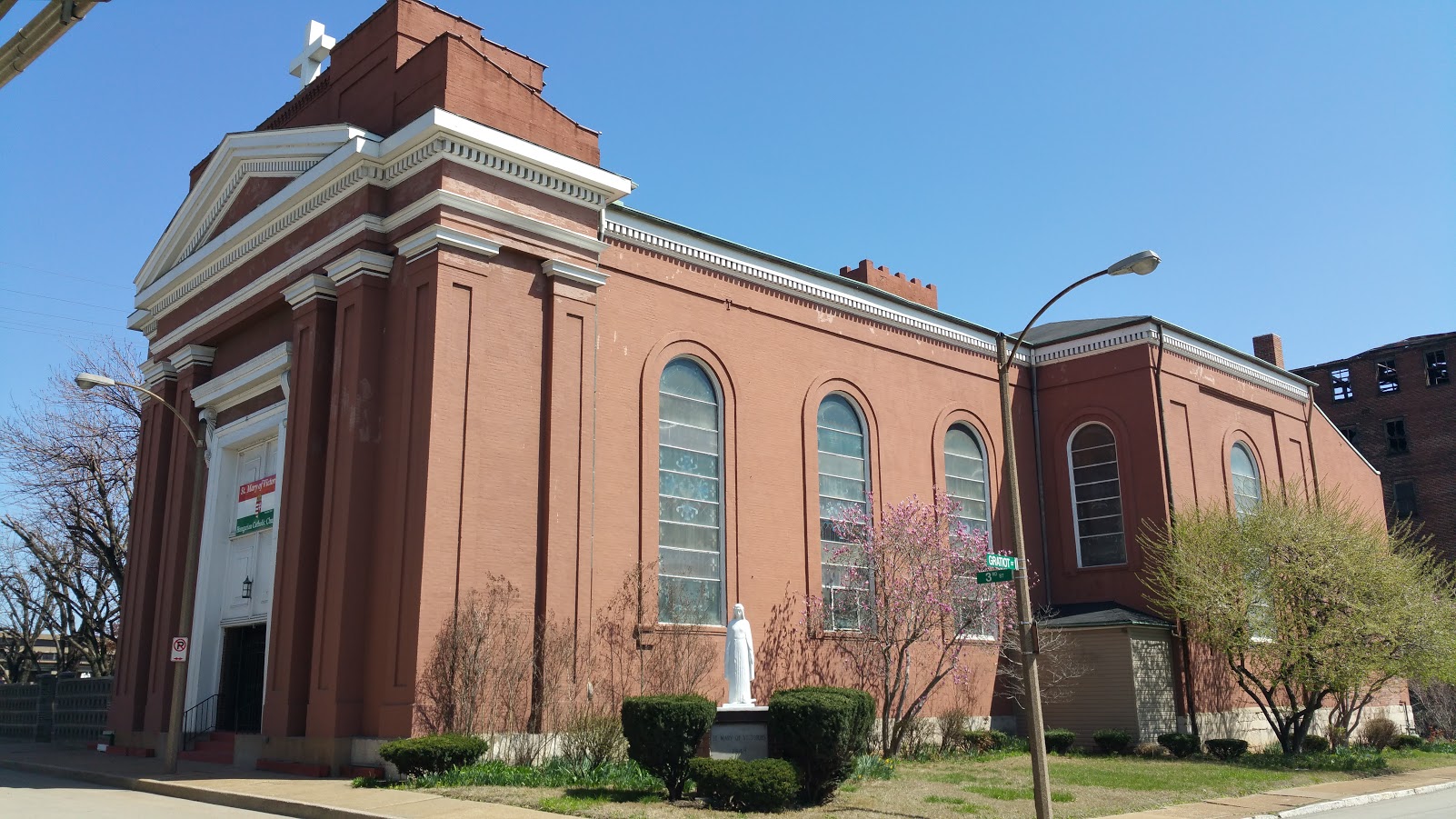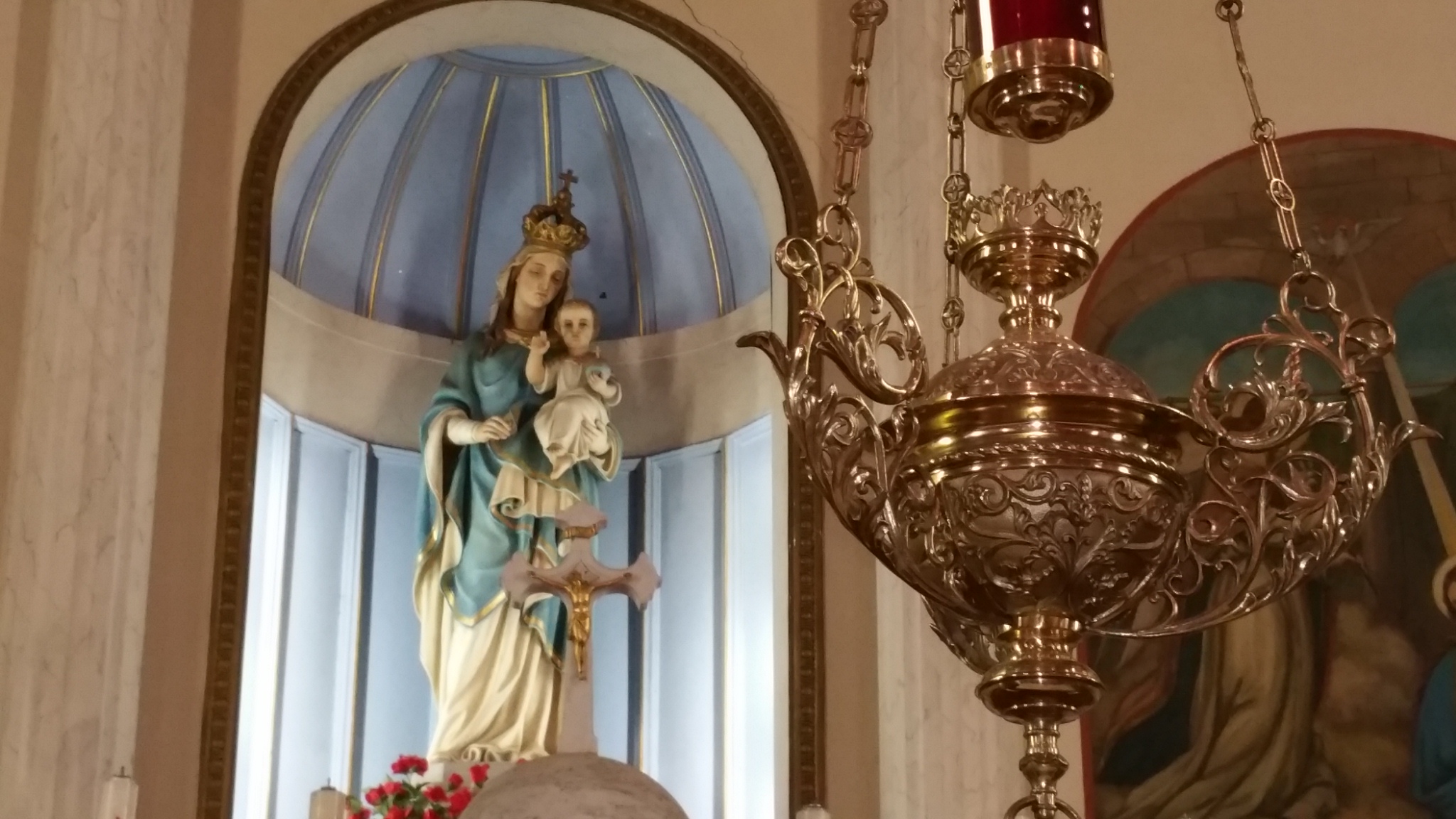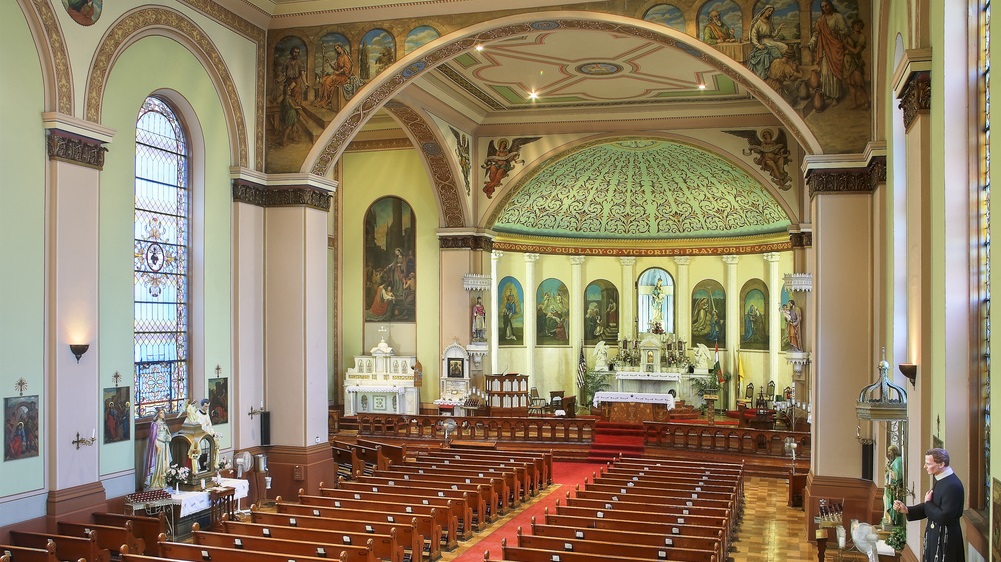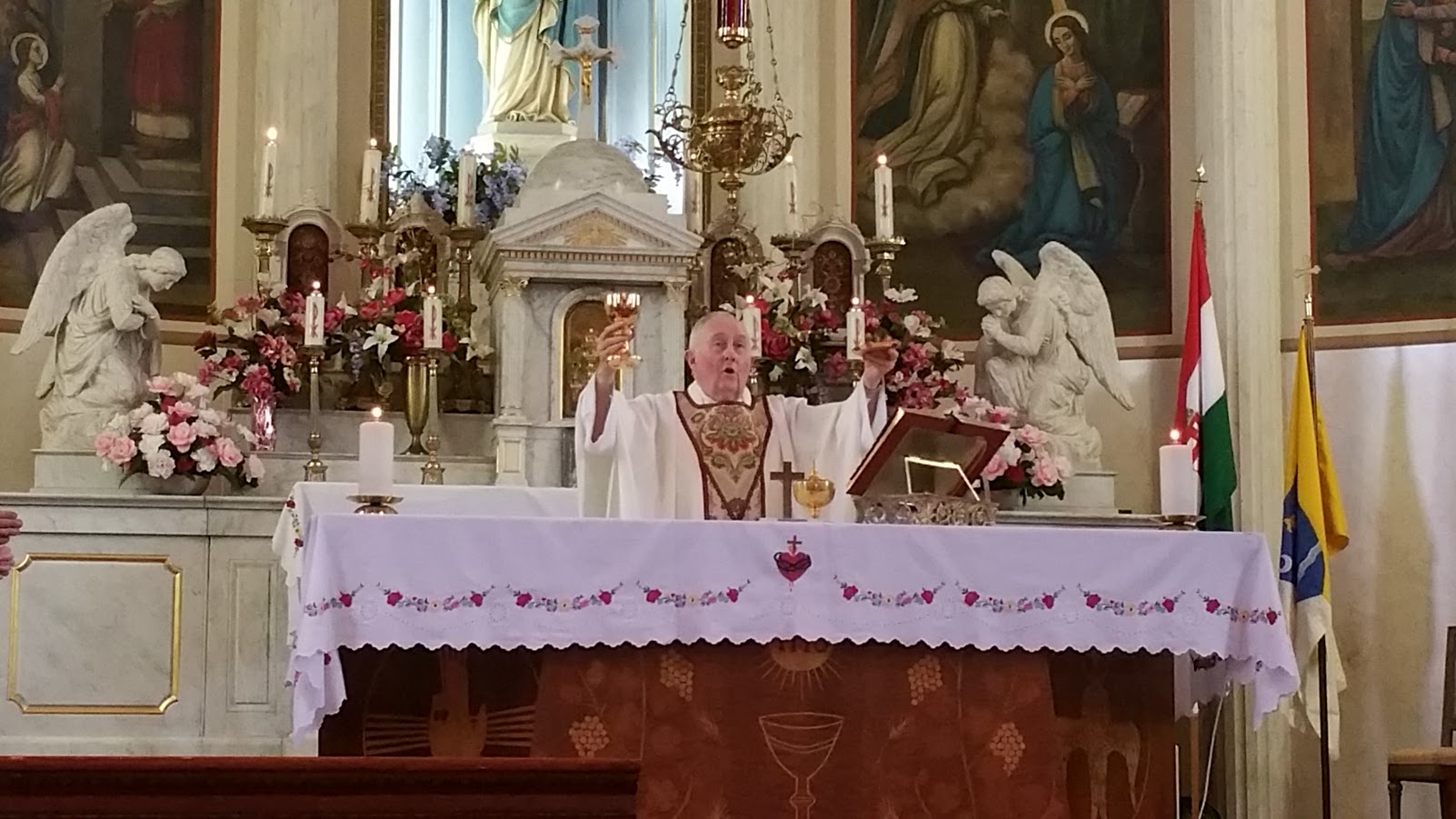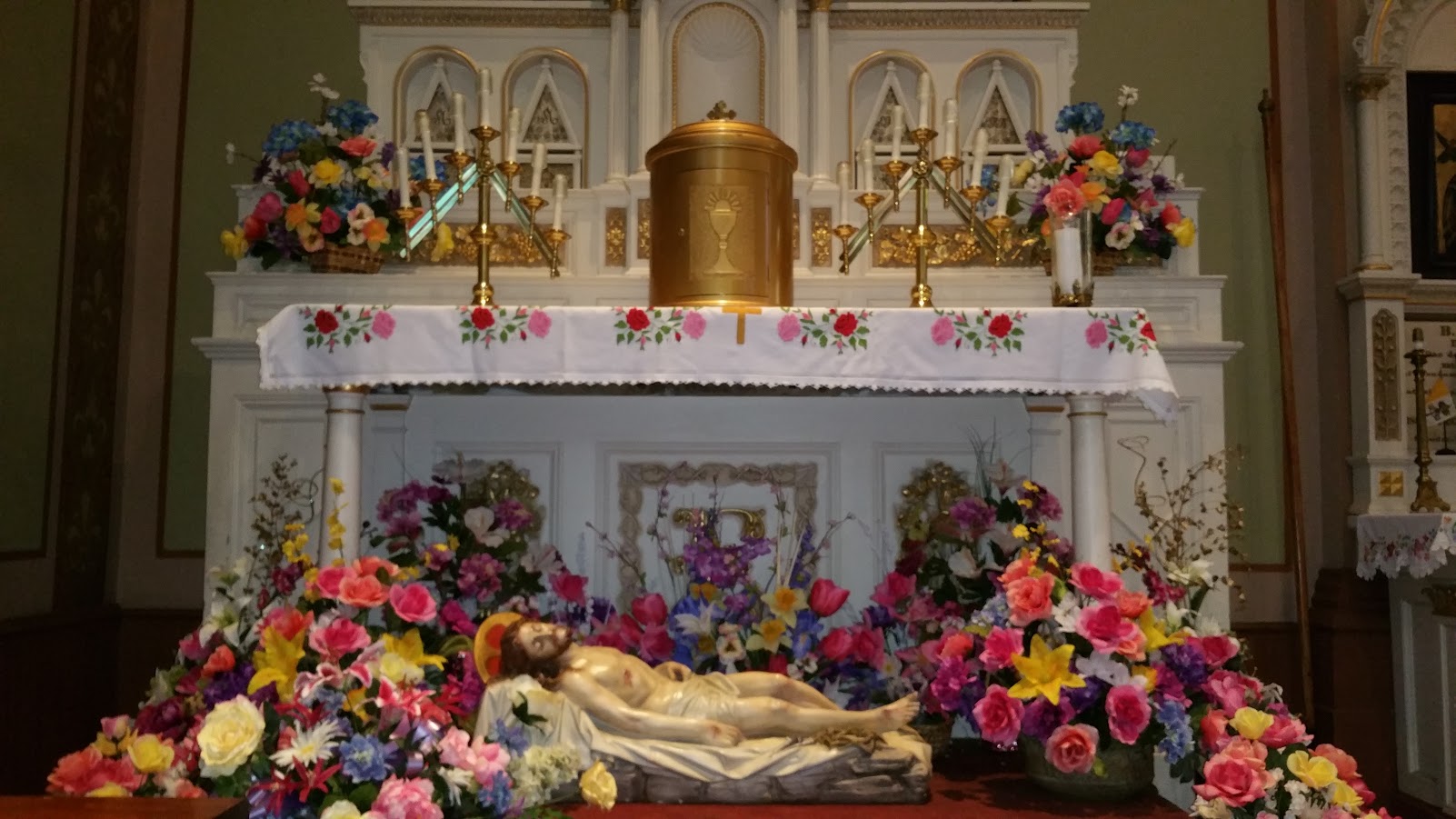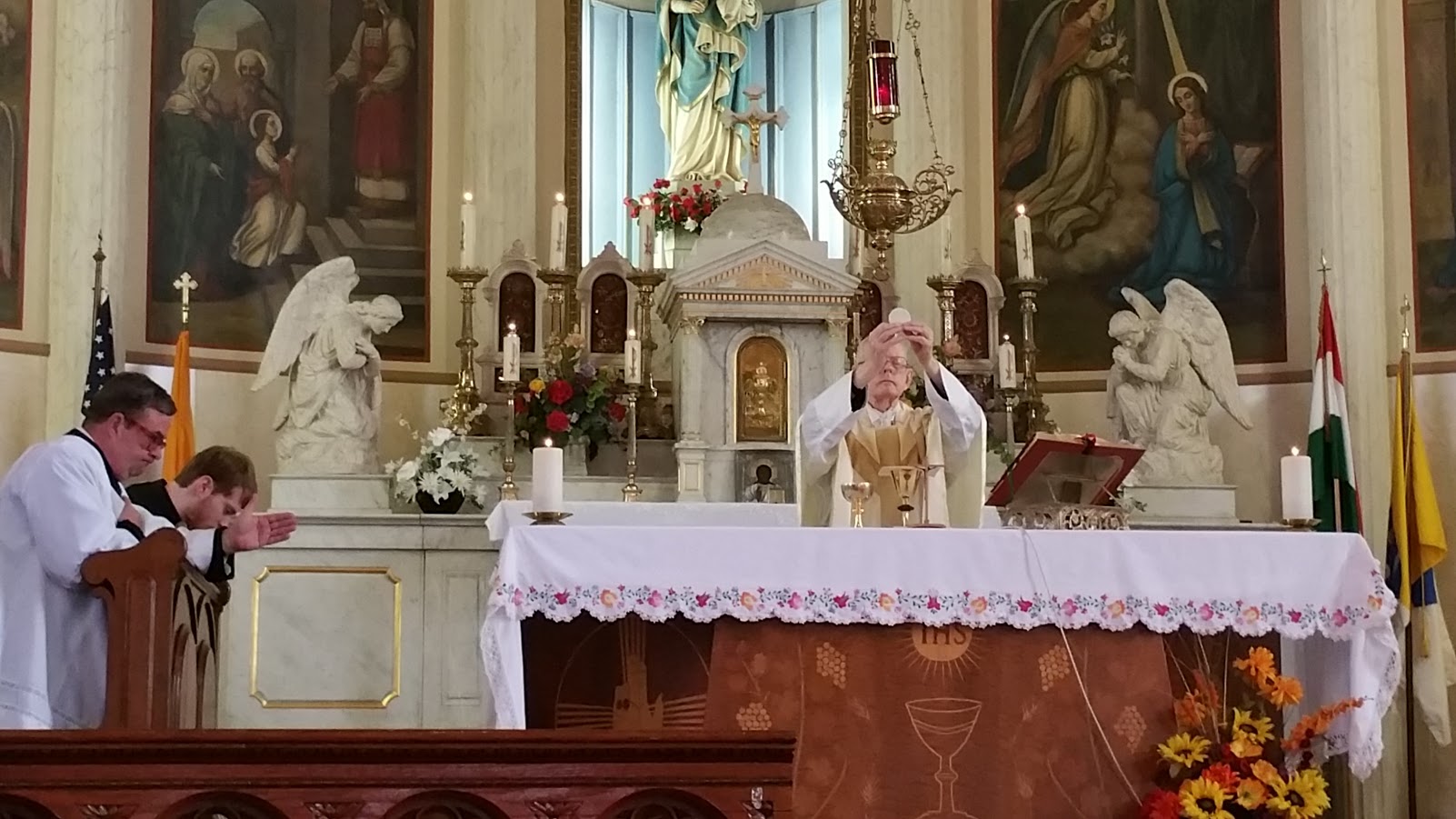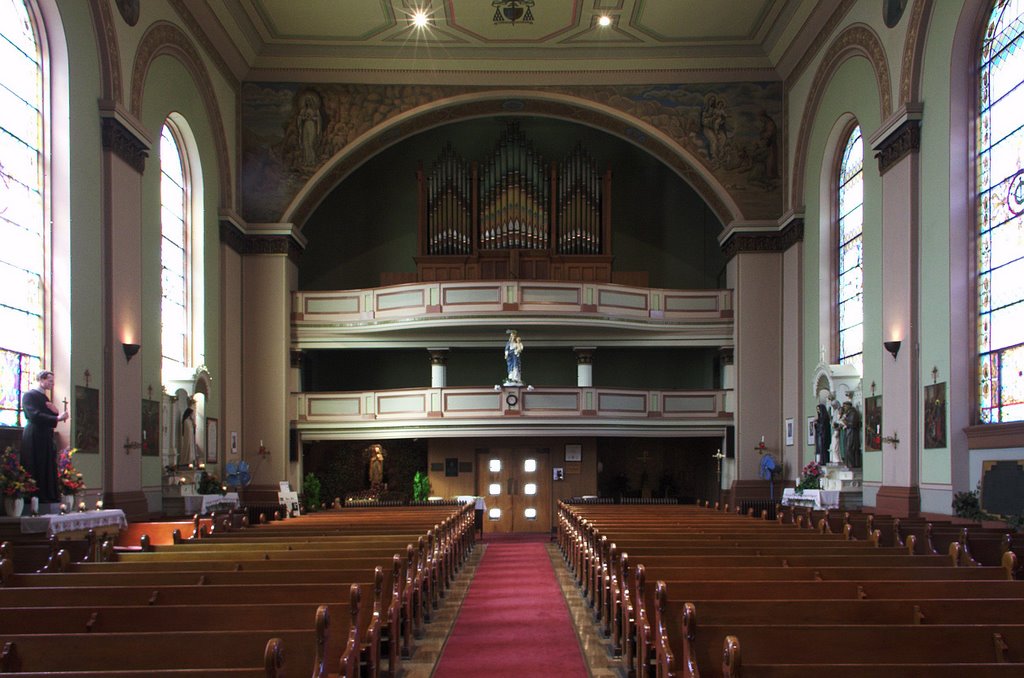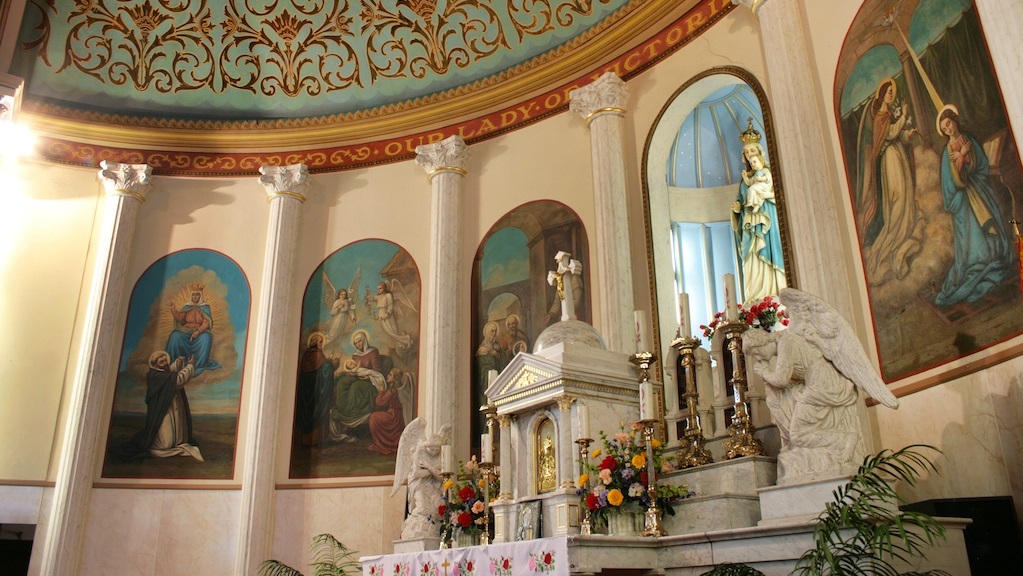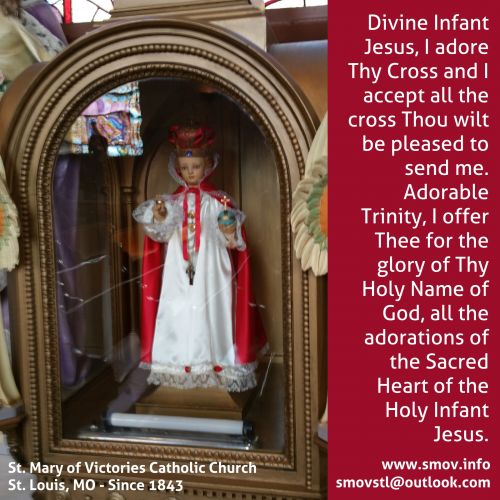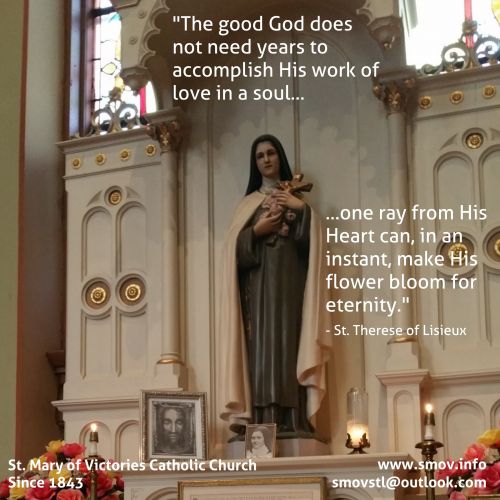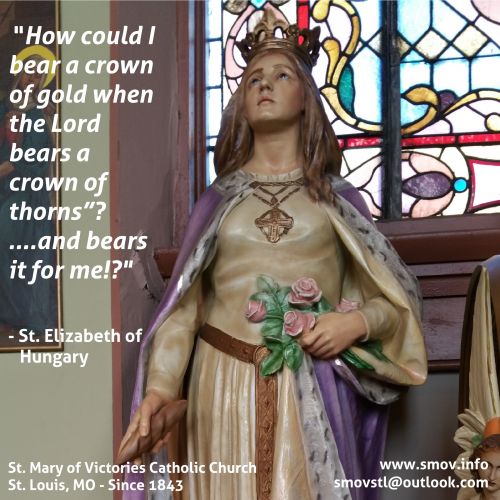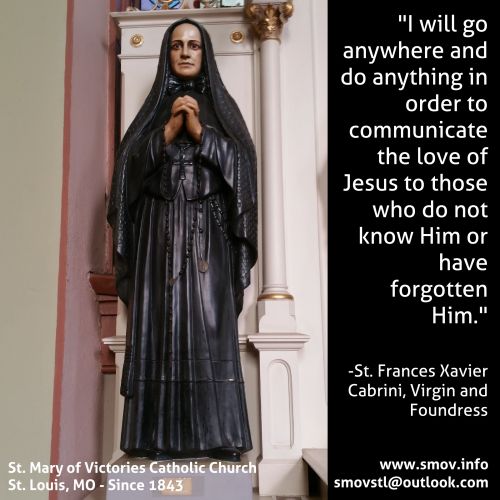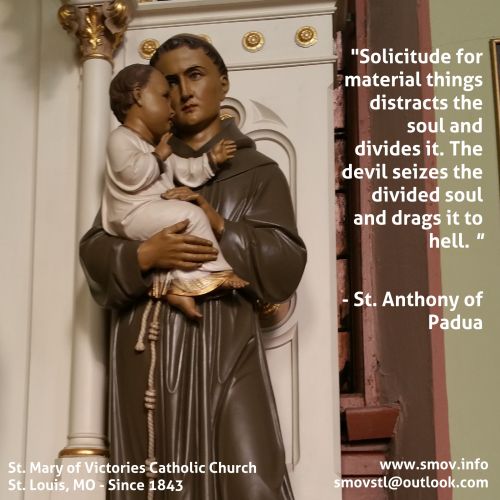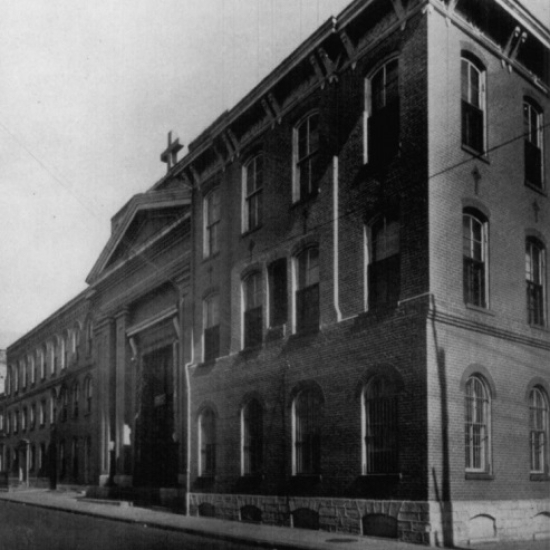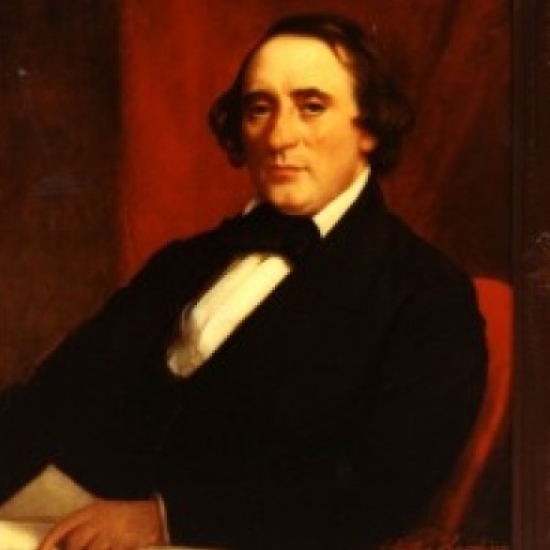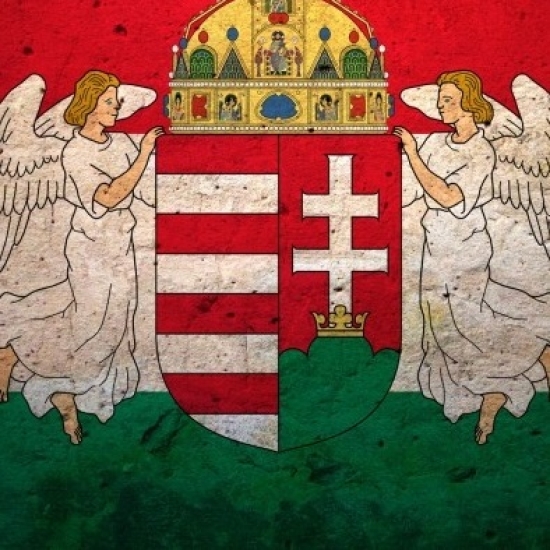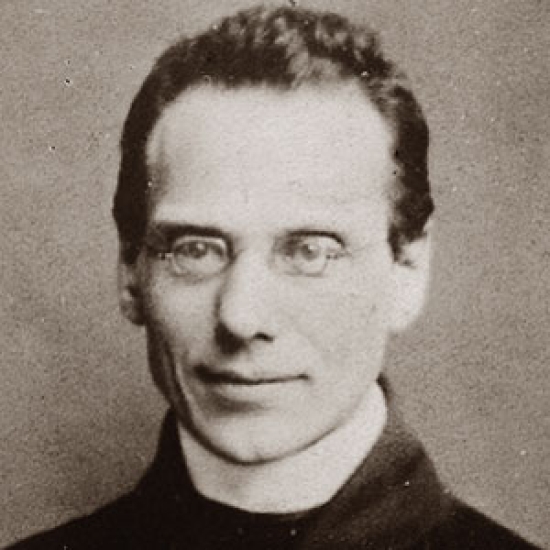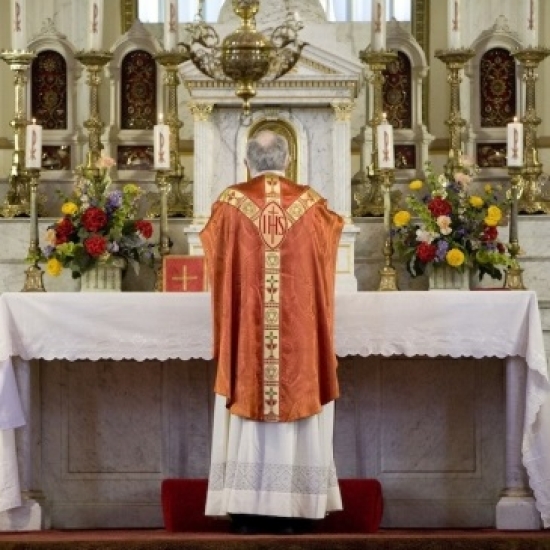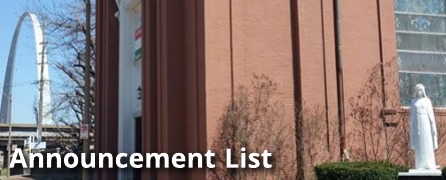9 February 2020, 5th Sunday in Ordinary Time (Year A)
Introit: Venite adoremus Deum
Communion (Years A & C): Introibo
Recessional: Holy God we praise Thy name, p. 217, vv. 1, 2, & 4
Mass XI, PBC p. 58. Credo III, PBC p. 77.
The Introit antiphon is taken from the formulary of September Ember Saturday in the older Graduale Romanum (1908/1961). It has three phrases, the first allowing a very quick break in the middle:
-
Venite adoremus Deum, [1b] et procidamus ante Dominum
-
ploremus ante eum qui fecit nos
-
quia ipse est Dominus Deus noster
We sing here vv. 6 & 7 of Psalm 94 (95). From a time of great antiquity—long in place by the time of St Benedict—this psalm has been the start of each day's Divine Office (The Invitatory). So you will correctly surmise that it has been the subject of much commentary from many perspectives by many people over many centuries. Note that when we sing or recite v. 6 in the Invitatory, we do it on our knees, because (a) the words, at least in Hebrew and some Latin versions, refer to kneeling and (b) it is the turning point of the psalm when it moves from a song of praise for God's goodness (cf. v. 1, the psalm-verse of this Introit) to imploring his mercy for our failure to listen to His voice calling us to be His obedient people and enter into His rest. The melody of the intonation (Venite), and again at procidamus, reflects this physical act of bending the knees (in Latin, genu flectare). To emphasize this submission, the manuscripts even indicate a moderate hold when we reach the low point (fa) on (Veni-)te. The high points of the melody are all directed to God (Deum, Dominum, Deus), and the low points to us (fecit nos) and the acts of submission to which we are called (adoremus, procidamus, ploremus). To submit our will to the divine will is an effort we need to renew daily. As we saw last week, Mode 2 can be sad yet not without its own joy and hope.
The Communion antiphon also comes from the formulary for Sexagesima Sunday in the EF. It has two phrases:
-
Introibo ad altare Dei:
-
ad Deum qui laetificat juventutem meam.
In the EF, this verse from Psalm 42 is prayed at the beginning of every Mass, in the prayers at the foot of the altar. In this chant we all make these words our own as we now approach the altar to receive Him who brings joy to our hearts and youthful vigor and energy. Reinvigorated, we may then say with the Apostle: ‘I can do all things in Him who strengthens me.’ Life may bring trials and hardships and disappointments without number; the soul may have experiences much like those of St. Paul; but there ever remains the sweet consolation of saying, ‘I may go to the altar of God.’
The altar is the inexhaustible spring of joy and of strength. A festal glow seems to hover over the melody, a joy brought out by the rising fourths, the clarion call of the dominant, the graceful intervals ca cbg, cd da adc, the broad arcs held together by the word accents as by a keystone: Introibo, ad altare, Dei; and all with a pleasant variety. The first and fourth divisions move within the tetrachord g-c, the second moves in the fifth g-d, and the third small division in the fifth f-c. This happy melody occurs again on the feast of St. Aloysius and in the votive Mass of the Apostles.
